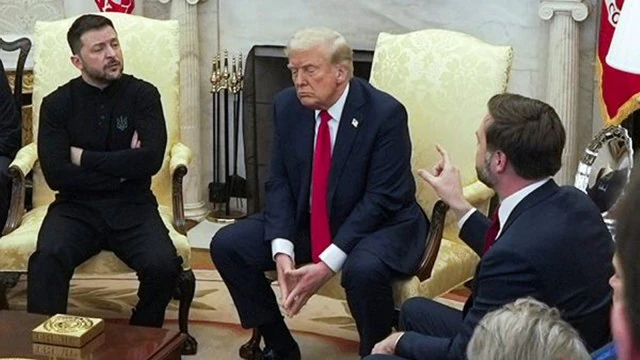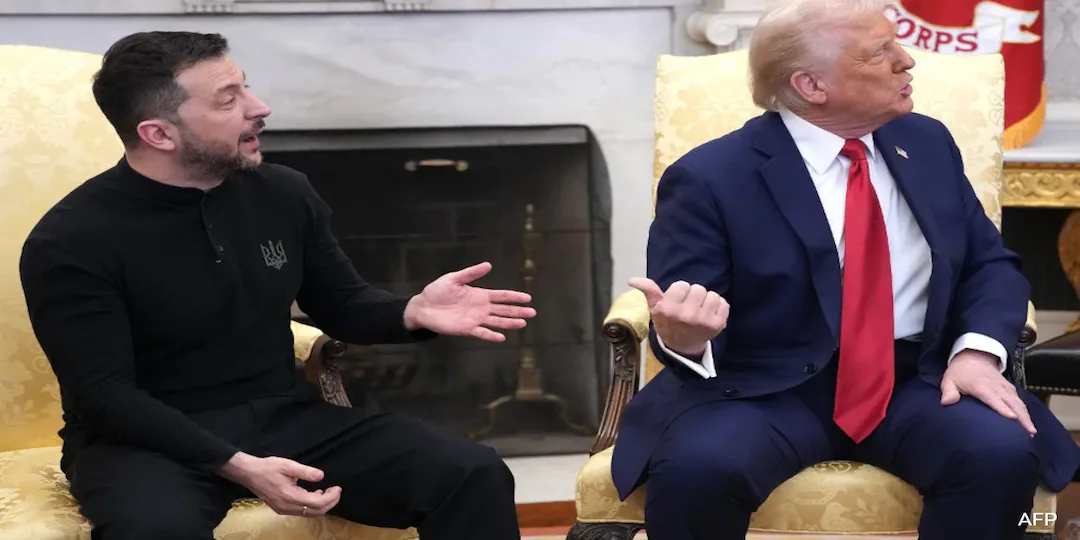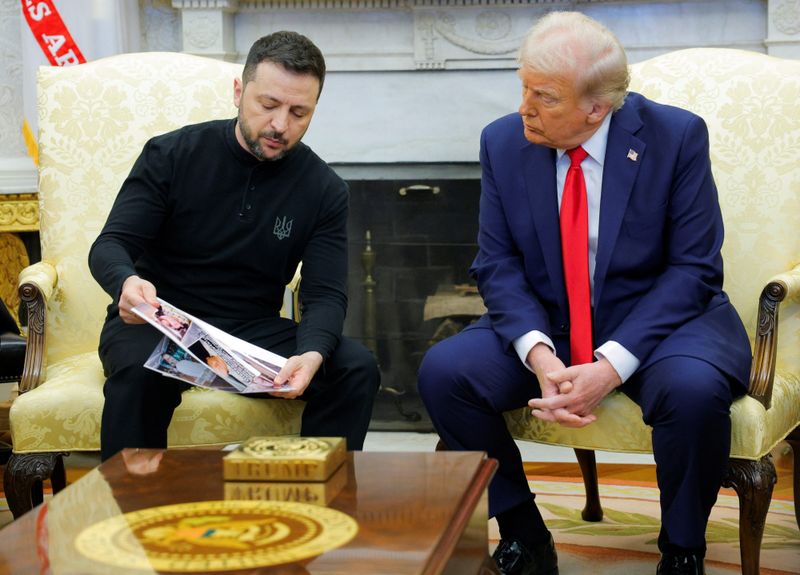- Home
- /
- News
- /
- Global News
- /
- Why Donald Trump Might Be On The Losing End Of The Mineral Deal With Ukraine
Why Donald Trump Might Be On The Losing End Of The Mineral Deal With Ukraine
03/01/2025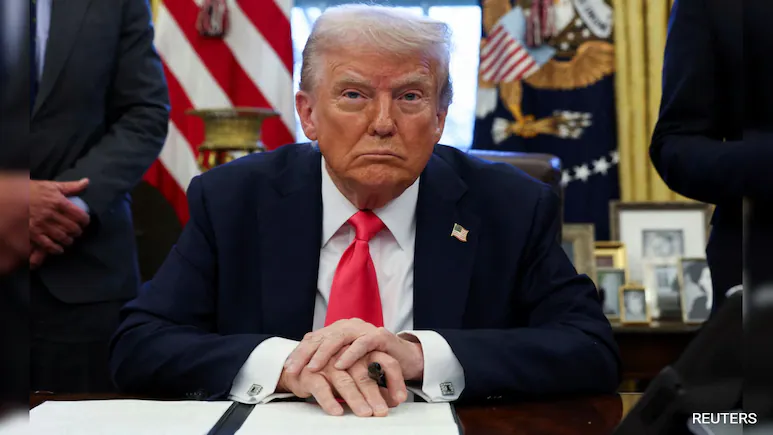
President Donald Trump is on the cusp of finalising a deal with Ukraine, granting the U.S. preferential access to the country's vast raw material reserves. However, the true value of these reserves is shrouded in uncertainty, as estimates are based on outdated Soviet-era surveys that failed to account for the feasibility and cost of developing these resources.
The latest draft of the agreement cited in Economic Pravda, a Ukrainian newspaper, stipulates that Ukraine will allocate 50% of its state-owned natural resource revenues to a fund dedicated to invest in Ukraine. Notably, this deal does not include any U.S. security guarantees. On paper, the U.S. appears poised to reap significant benefits from this agreement, considering Ukraine's natural resources and environment ministry claims that the country's bedrock contains approximately 5% of the world's critical raw materials.
These resources, including graphite, lithium, titanium, beryllium, and uranium, are crucial for the production of batteries, radar systems, and armour, which are essential to the defence and tech industries. Securing access to these resources could help reduce America's reliance on Chinese minerals. However, the actual extent of Ukraine's mineral wealth remains a mystery, with only around 8,000 of the country's 20,000 surveyed mineral deposits and sites deemed viable.
The development of these resources is further complicated by the need for significant investment, estimated at $15 billion for the 10 largest known mining prospects. This includes the construction of mines, quarries, and processing facilities. Moreover, the extraction process is expected to be costly and time-consuming, with the Ukrainian Geological Survey estimating that developing the Novopoltasvke deposit, one of the largest rare earth sites in the world, would require an investment of $300 million.





